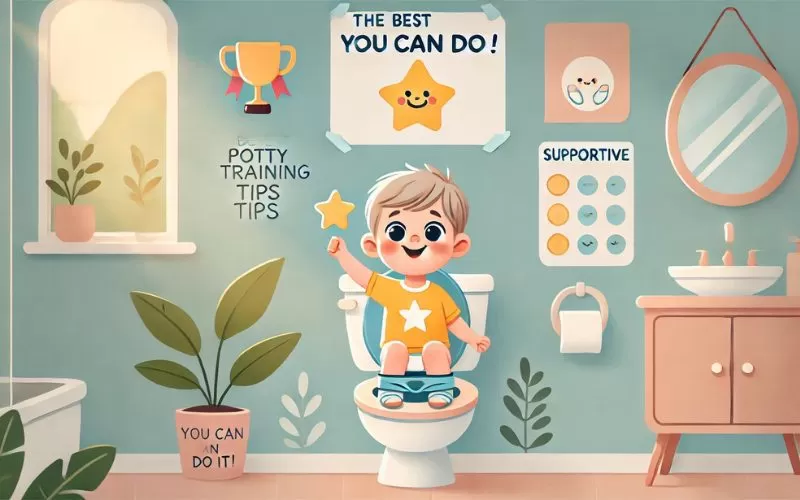Table of Contents
Best Potty Training Tips
Potty training is a significant milestone in your child’s development, but it can also be one of the more challenging stages for both parents and toddlers. With various approaches and a wealth of advice from experts and parents alike, it can be hard to know where to start. In this comprehensive guide, we’ll provide valuable insights, expert tips, and practical advice from parents who have successfully navigated the potty training phase. We’ll also introduce helpful products from our store that can make the process smoother. Whether you’re figuring out potty training: how to get the job done or deciding between various potty training methods: which is best for your child, this guide will help you approach potty training with confidence.
Potty training can be a challenging yet rewarding journey for both parents and children. To support you along the way, the CDC provides excellent positive parenting tips that can help you navigate this important developmental milestone effectively. These tips are designed to help you create a supportive environment that fosters learning and growth.
Understanding Potty Training Readiness

The first step in potty training is recognizing when your child is ready. While most children begin to show readiness signs between 18 and 24 months, every child develops at their own pace. Key indicators of readiness include:
- Staying dry for longer periods, especially after naps
- Showing discomfort with wet or soiled diapers
- Expressing interest in bathroom habits or imitating older siblings or adults
- Communicating about needing to go, either verbally or through gestures
It’s important not to rush this stage. If your child isn’t showing these signs, it’s better to wait until they are truly ready rather than risk frustration for both you and your child. Once your child shows readiness, you can explore potty training methods: which is best for your child and create a plan that fits their unique needs.
Potty Training Methods: Which Is Best for Your Child?
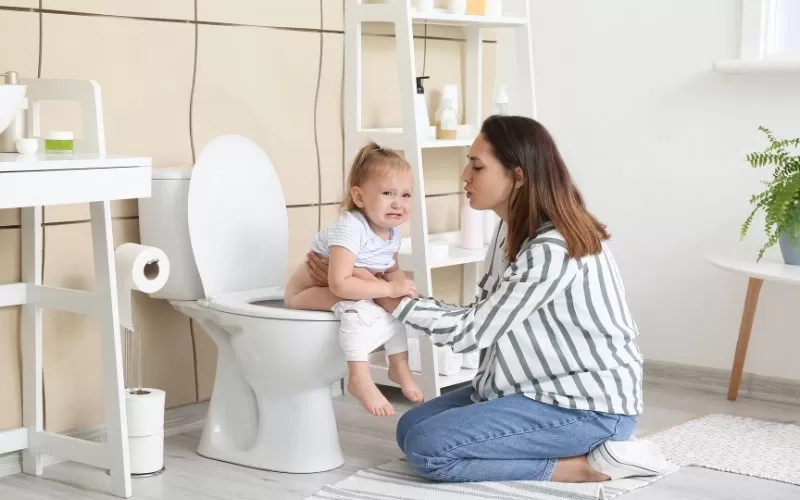
There are several popular methods to potty training, and finding the right approach depends on your child’s temperament and your family’s schedule. Here are a few of the most effective and commonly used methods:
- The Child-Oriented Approach
This is a slow and steady approach, allowing your child to guide the process. You introduce the potty at their pace, encouraging them to sit on it and become familiar with it. This method works well for children who may need a bit more time to adjust to the idea of potty training. - The Three-Day Method
This method requires dedication and a focused three-day period where you immerse your child in potty training. Your child goes without a diaper, and the focus is entirely on recognizing when they need to go and using the potty. It’s intense but effective for those who are ready to put in concentrated effort. - The Reward System
Positive reinforcement plays a huge role in this method. By offering small rewards such as stickers, praise, or treats when your child successfully uses the potty, you encourage them to keep trying. This method works well with children who are motivated by immediate gratification.
Regardless of the method you choose, consistency and patience are essential. Many parents find that using fun and functional potty training tools, like our Potty Training Seat with Handles, helps ease their child into the routine. This comfortable and secure seat can make your child feel more confident and excited about potty time.
Potty Training: How to Get the Job Done
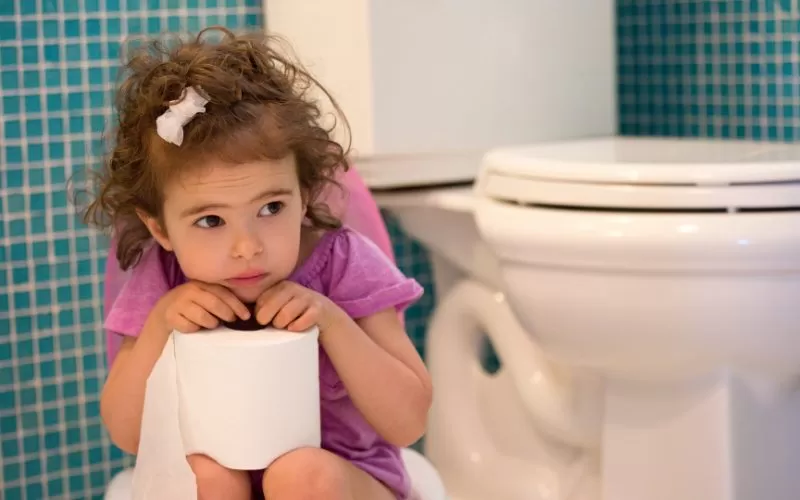
Once you’ve chosen the method that works best for your child, it’s time to dive into the actual process of potty training. Here are practical tips for how to get the job done effectively:
- Create a Consistent Routine
Establishing a regular potty routine is crucial. Have your child sit on the potty at consistent times throughout the day, such as after meals or before bedtime. Over time, your child will begin to recognize their own body signals and understand when it’s time to go. - Keep the Atmosphere Positive
Potty training can be stressful for children, so it’s important to make it a positive experience. Praise your child’s efforts, even when they don’t succeed at first. This encourages them to keep trying without fear of making mistakes. - Dress for Success
Avoid clothes that are hard to remove, such as overalls or tight jeans, which can create unnecessary hurdles during potty training. Instead, choose loose-fitting, easy-to-remove clothing that your child can handle independently. Our Easy-Access Training Pants are designed with this in mind, allowing your child to easily pull them up and down, boosting their confidence and independence.
By following these tips and using products that support your child’s development, you’ll make progress much faster than you might expect. With time, your child will understand how to recognize their body’s signals and know when it’s time to use the potty.
Potty Training Strategies That Actually Work
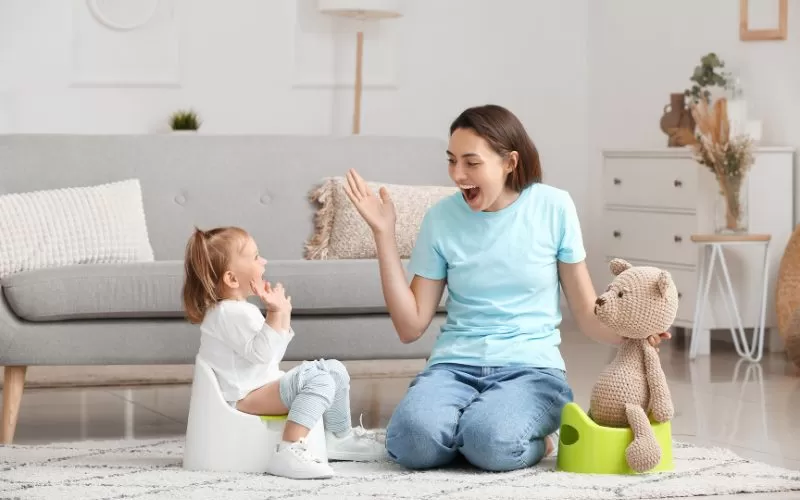
Beyond choosing the right method, implementing effective potty training strategies can make a huge difference in how smoothly the process goes. Here are some tried-and-tested strategies that many parents and experts swear by:
- Start with Short Potty Sessions
In the early days of potty training, encourage your child to sit on the potty for just a few minutes at a time. Even if they don’t actually go, the goal is to get them comfortable with the process. Gradually increase the length of each potty session as your child becomes more familiar with the routine. - Use Visual Aids and Tools
Visual aids can be incredibly effective for children. Hang up a potty training chart in the bathroom or read a potty-themed storybook to reinforce the concept. Potty Training Books for Toddlers are filled with fun stories and pictures that encourage your child to engage with the process. - Stay Calm During Accidents
It’s important to remember that accidents will happen, and they are a normal part of potty training. When they do, stay calm and avoid scolding your child. Instead, offer gentle encouragement and remind them that it’s okay to try again next time. This helps them associate potty training with a positive, stress-free experience.
These potty training strategies that actually work are simple but powerful. They help create a supportive environment where your child feels motivated to continue learning and improving.
Common Potty Training Challenges and Solutions
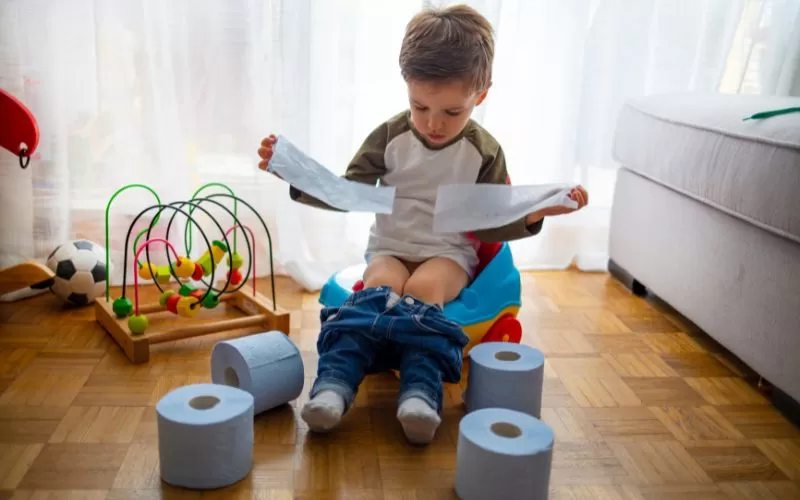
No potty training journey is without its challenges. Here are some common hurdles parents face and how you can overcome them:
- Refusing to Sit on the Potty
It’s not uncommon for children to refuse to sit on the potty, even if they’re ready for potty training. If this happens, try making potty time more fun by letting your child bring a favorite toy or book with them. You can also make use of our Potty Training Seat with Handles, which is designed to make sitting on the potty more comfortable and less intimidating. - Nighttime Potty Training
While many children learn to use the potty during the day, nighttime training often takes longer. To help your child stay dry at night, consider using a waterproof mattress cover and our Easy-Access Nighttime Training Pants, which provide extra protection while your child sleeps. Gradually, your child will develop the ability to stay dry overnight. - Dealing with Setbacks or Regression
It’s normal for children to experience setbacks or regressions during potty training, especially if they are going through a big life change like starting preschool or welcoming a new sibling. Stay consistent with your routine, and provide plenty of positive reinforcement. Over time, your child will regain their progress.
Potty Training Methods: Which Is Best for Your Child? Recap
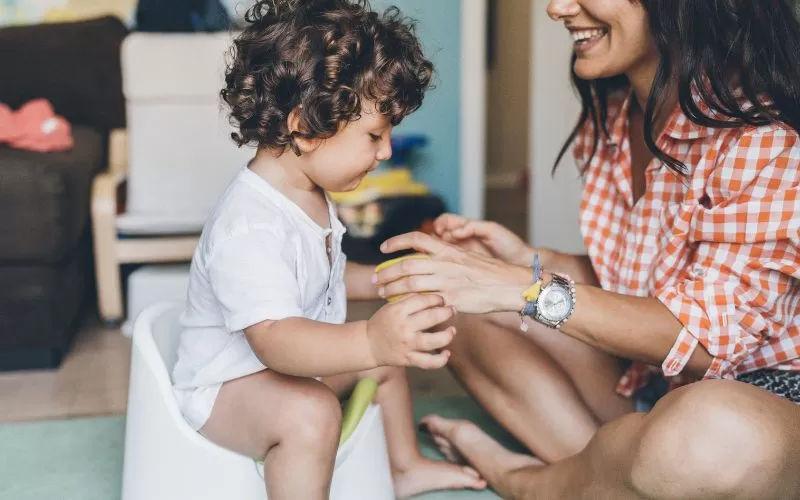
As we’ve seen, there’s no single best approach to potty training, and the right method for your child will depend on their unique needs and temperament. Whether you choose the child-led approach, the three-day method, or a reward-based system, it’s important to remain patient and consistent throughout the process. Incorporating helpful tools, such as the Potty Training Seat with Handles and Colorful Potty Training Chart, can make the experience smoother for both you and your child.
Final Thoughts on Potty Training: How to Get the Job Done
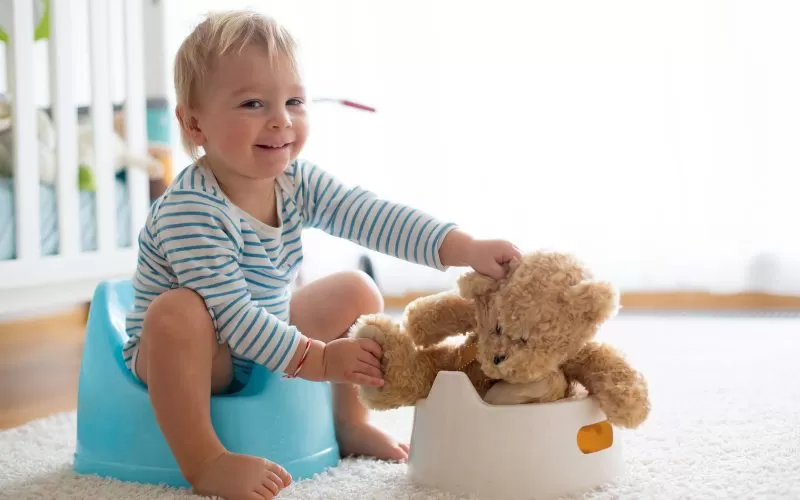
Potty training is a significant step in your child’s growth and independence. While it may feel daunting at first, with the right method, consistent strategies, and plenty of patience, you and your child will get through it together. Remember, no two children are the same—what works for one may not work for another. Embrace the journey, celebrate the small wins, and don’t be afraid to adjust your approach as needed.
For parents looking for helpful potty training products, check out our store for items like the Potty Training Seat with Handles, Colorful Potty Training Chart, and Easy-Access Training Pants to make the process easier and more enjoyable.
By following these expert tips and implementing potty training strategies that actually work, you’ll be well on your way to helping your child achieve potty training success with confidence and ease.

